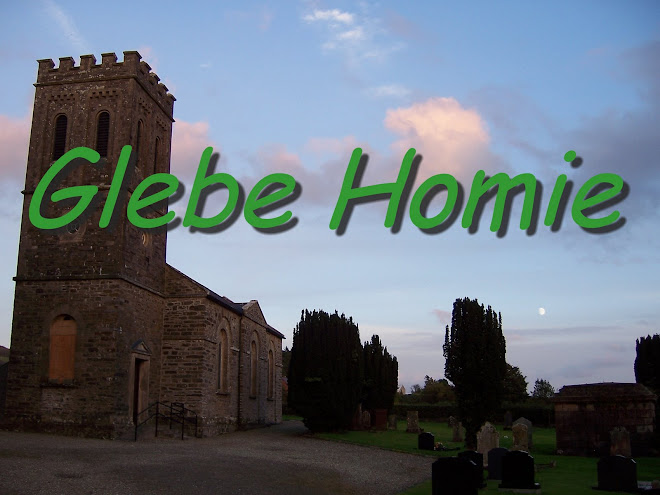I think to myself, New Job... Managing my kids lives... Second job and the long hours... well actually three if you count counseling and praying for friends and family... Christmas Rush season... only 1/3 of my gifts gathered so far... Life in general I guess.
Then I think, Life has always been full and you always managed to write before. Maybe I'm not up to it now. Maybe I'm not interested just now. Maybe, I need a break. But, this used to be my break....
Actually, I have been busy writing, more busy researching actually.
I had planned to do a transcription of the letters as a Christmas Gift Chapbook for friends and family. Then I found myself sidetracking and tangenting.
Right from the get-go.
Here's what happened:
The first transcription (not including the documents from my Great Great Great Grandfather Robert Gilmour's certificates in the Order of the Orangeman) is the hand written marriage certificate dated "Nov'r. 24th 1859."

Here is a transcription:
Certificate
of
Marriage
between
Robt. Gilmour
&
Mary Pollock
Nov'r. 24th 1859
This will certify that Robert Gilmour
and Mary Pollock were by me joined
in wedlock, Nov. 24th 1859, according
to the usage of the Presbyterian Church
and in conformity with the laws
of the State of Pennsylvainia
Signed,
Robt. Watts,
Pastor,
Westminster Church,
Philadelphia.
Given at Philad"a
Nov. 24th 1859
2.jpg) You can click on this image to enlarge for better viewing;
You can click on this image to enlarge for better viewing;the location is approx where the "t" is in "Pearl Street"
Map legend: B-3 upper right hand corner.
This map is a little newer than the time period and lacks some of my reference points, but I just love its look and style. The Brewery/Mission of "Gangs of New York" fame was located where the "r" is in "Park Street"
I suspect that Mary's father James Pollock was a member of Westminster and so they traveled there by train to be wed.
NOW FOR THE SIDETRACK TANGENT: As Robert Watts will be a character in "A Wasterly Gale" I have been researching him as well. Guess what, no surprise to me he was quite the character!
...this is what I have gleaned so far:
*WATTS, Robert, author, born in Moneylane, County Down,
After the attack on
In other words, as I interperate the transcrirptions of these proceedings, Reverand Watts wanted the General Assembly to take no action or not take sides, which would thereby force the
…When conflict became unavoidable and war insued Reverand Watts:
...returned to
He later published "Calvin and Calvinism" (
Robert Watts made a name for himself in 1874 by replying to John Tyndalls famous address to the British Association for the Advancement of Science. Tyndall used his address to argue for the superior authority of science over religious or non-rationalist explanations.


No comments:
Post a Comment